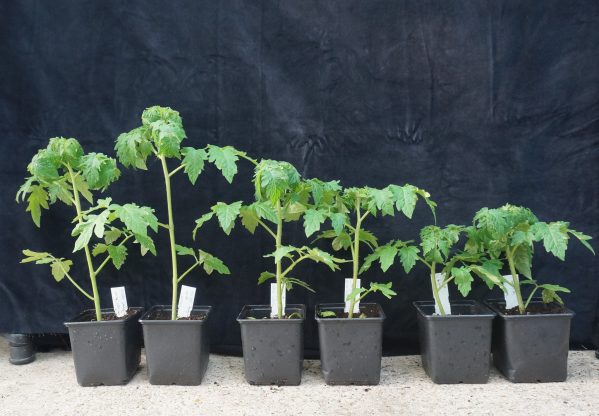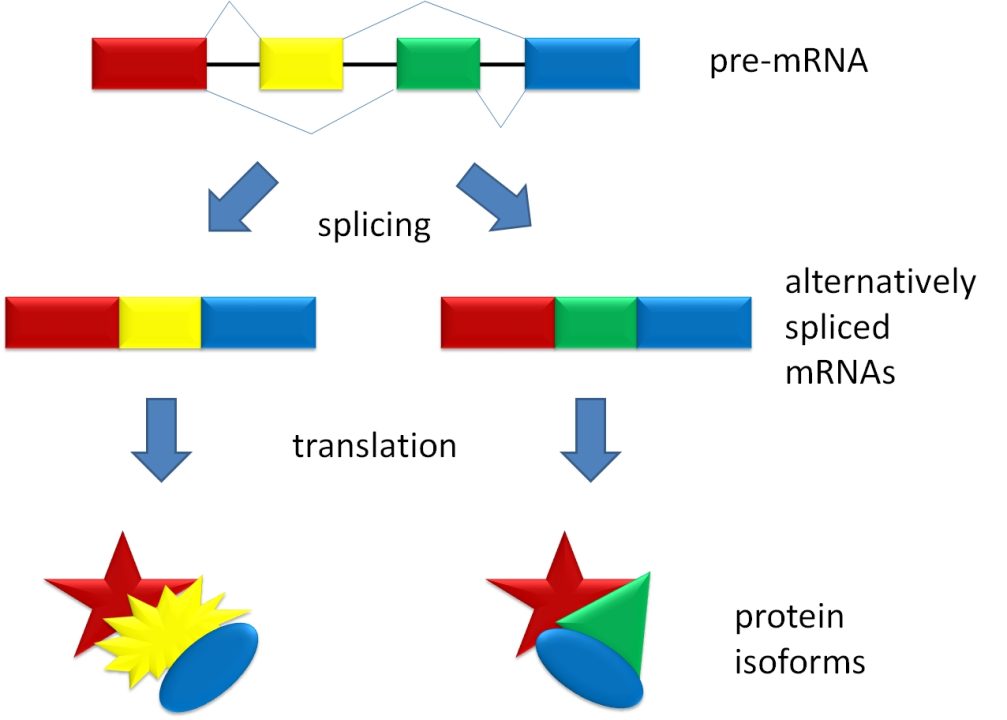
Matt Venezia is a junior biology major and writing minor and is an assistant opinions editor at The Statesman.
Commonly confused with genetically modified organisms (GMOs), gene-edited crops are a fairly novel concept with the potential to help solve pressing global issues like as hunger and malnutrition.
Gene-edited crops are crops which have had portions of their genetic code mutated in an extremely targeted manner by systems such as clustered regularly interspaced short palindromic repeats (CRISPR). These targeted mutations can lead to changes in different behaviors or traits of plants, allowing researchers to utilize gene-editing to improve many aspects of important crops. In one notable example of crop improvement through gene-editing, researchers have demonstrated an increased production of vitamin A in gene-edited bananas, which could aid in abating vitamin A deficiency, a severe complication of malnutrition.
Gene-edited crops have been repeatedly proven safe for human consumption and there is much evidence to suggest that they are a benefit to consumers. Additionally, gene-edited crops do not have any foreign DNA present, in contrast to GMOs, and thus do not pose any potential concerns associated with the environmental movement (as GMOs have repeatedly done in the past). Overall, the scientific community is in agreement that gene-edited crops have a positive impact.
Historically though, these improved gene-edited varieties of crops have remained, for the most part, confined to the lab.
However, for the first time, a gene-edited tomato variety was approved for sale, purchase and consumption in Japan. The tomato, developed by a biotech startup called Sanatech Seed, has an increased concentration of gamma-aminobutyric acid (GABA), a compound which has been found to reduce blood pressure and boost the immune system when consumed orally. The company also has plans to bring gene-edited varieties of multiple other crops to market in the country.
The approval of this high-GABA tomato variety in Japan is a step in the right direction. It provides increased nutritional value to consumers and sheds light on the inequity of the impact of science and technology today.
Japan is a country with extremely low rates of hunger and malnutrition, with a life expectancy over 80 years. Improved nutritional content in a food product in a nation such as Japan does little to truly impact these global issues. Rather, it acts as a minor improvement in a nation where quality of life is already quite high.
Where gene-edited crops would truly make a difference are in nations that suffer from higher rates of malnutrition and hunger, such as those in sub-Saharan Africa and the Indian subcontinent. In these nations, malnutrition and hunger contribute to higher rates of child mortality, disease and chronic illness. The approval and introduction of gene-edited crops with improved traits to these nations would be far more impactful in comparison to their introduction in a nation like Japan.
Additionally, gene-editing would be more impactful in crops that people rely on in these developing nations. Tomatoes are generally consumed more in the developed world as opposed to the developing, while crops such as sorghum, plantains, cassava and other more drought-tolerant “orphan crops” are far more important in impoverished countries. Improved, gene-edited varieties of crops such as these would have a greater impact on hunger and malnutrition in comparison to crops predominantly consumed in nations that have largely solved these issues.
Gene-edited crops have the potential to help solve global problems, but only when applied to the correct crops and approved in the right nations. To ensure the greatest impact on malnutrition and hunger, future approvals of gene-edited crops must be in nations where these problems are prevalent and in crops that are relied upon by impoverished populations.


















